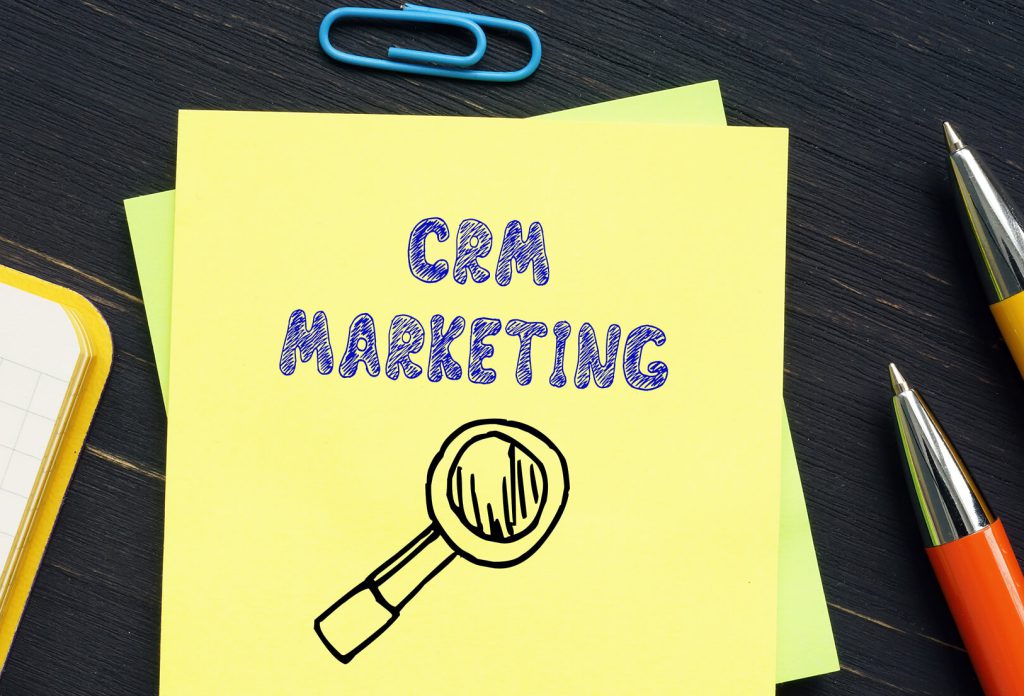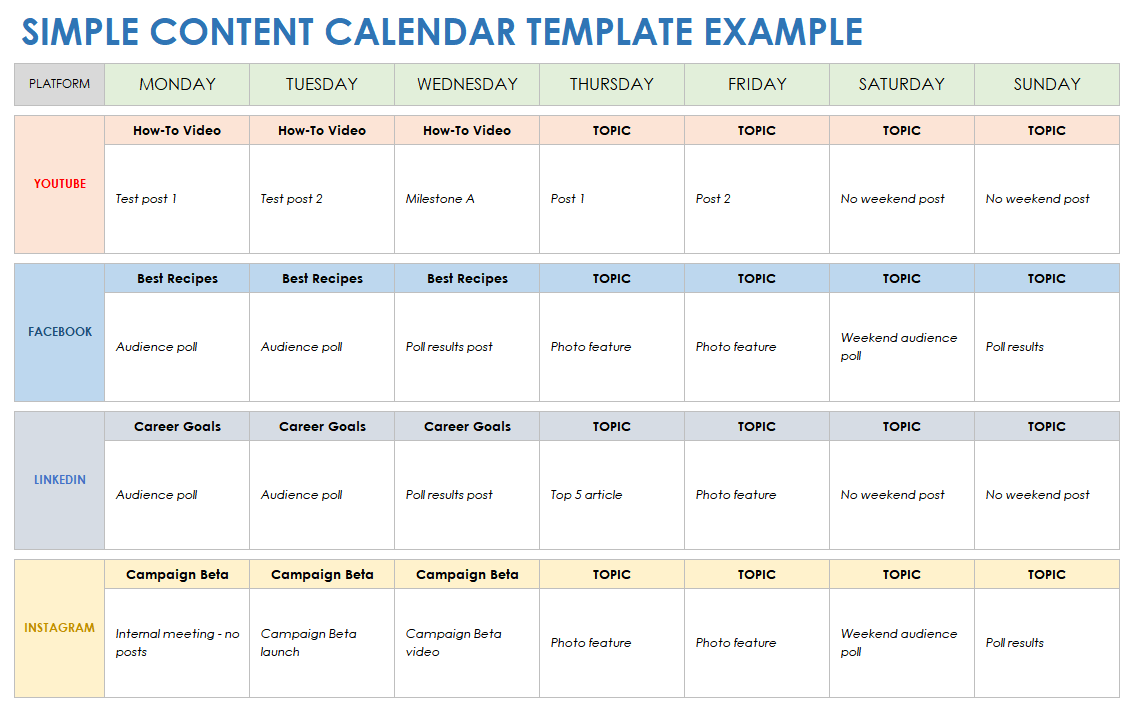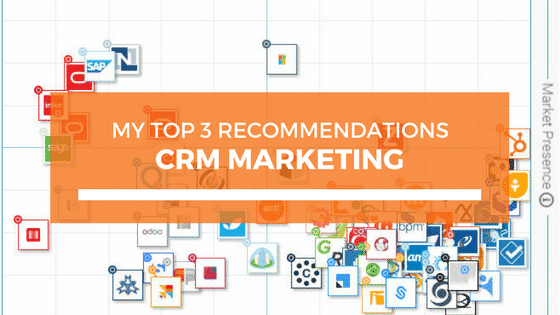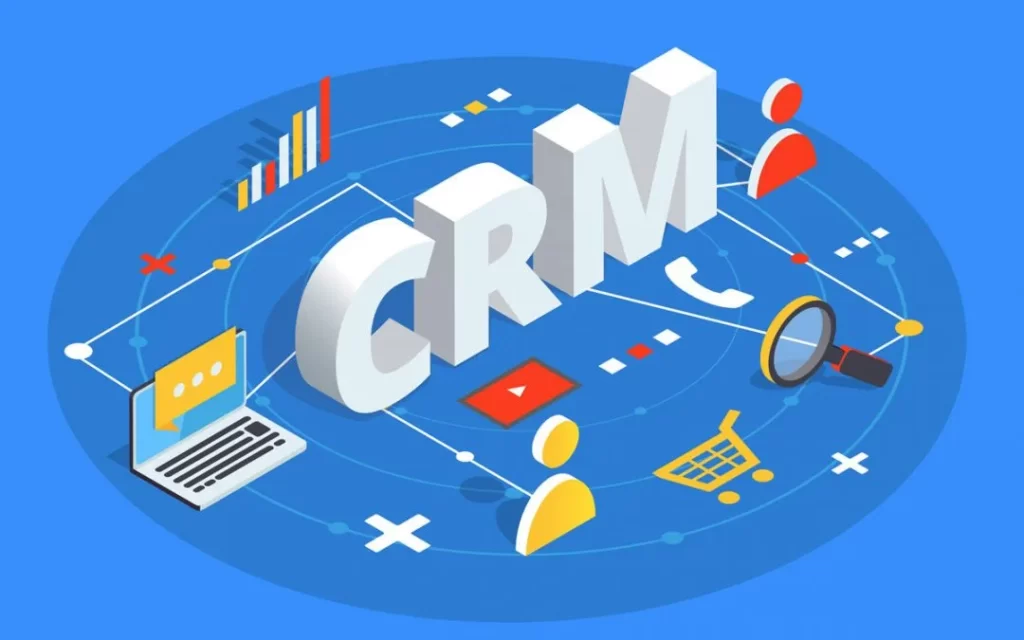
CRM, Content Marketing, and the Symphony of Sales: A Guide to Harmonizing Your Strategy
In the bustling marketplace of the digital age, businesses are constantly seeking the elusive ‘edge.’ That advantage often lies in the seamless integration of various marketing and sales strategies. Two of the most potent tools in this arsenal are Customer Relationship Management (CRM) systems and content marketing. While they may seem like disparate entities, their synergistic potential is immense. This comprehensive guide delves into the intricate relationship between CRM and content marketing, exploring how they can be orchestrated to create a powerful symphony of sales and customer engagement.
Understanding the Individual Instruments: CRM and Content Marketing
CRM: The Maestro of Customer Data
At its core, a CRM system is a sophisticated database that houses a wealth of information about your customers. It’s the digital equivalent of a well-organized Rolodex, but far more powerful. A robust CRM system allows you to:
- Centralize Customer Data: Consolidate all customer interactions, preferences, purchase history, and demographics into a single, accessible location.
- Streamline Sales Processes: Automate tasks, track leads, and manage the sales pipeline, leading to improved efficiency and faster deal closures.
- Enhance Customer Service: Provide personalized support and resolve issues quickly, fostering customer loyalty.
- Improve Marketing Campaigns: Segment your audience, target specific demographics, and measure the effectiveness of your marketing efforts.
- Forecast Sales: Analyze historical data to predict future sales trends and make informed business decisions.
Think of CRM as the maestro of your sales orchestra. It provides the structure, the data, and the insights needed to conduct a successful performance. Without a well-managed CRM, your sales and marketing efforts can feel like a chaotic jam session, lacking direction and impact.
Content Marketing: The Composer of Customer Engagement
Content marketing is the art and science of creating and distributing valuable, relevant, and consistent content to attract and engage a clearly defined audience – and, ultimately, to drive profitable customer action. It’s the composer of your marketing symphony, crafting melodies (content) that resonate with your target audience.
Content marketing encompasses a wide range of formats, including:
- Blog Posts: Informative articles that establish thought leadership and address customer pain points.
- Videos: Engaging visual content that educates, entertains, and builds brand awareness.
- Infographics: Visually appealing representations of data that simplify complex information.
- Ebooks and Whitepapers: In-depth resources that provide valuable insights and position your brand as an authority.
- Social Media Updates: Engaging posts that spark conversations and build community.
- Email Newsletters: Regular updates that nurture leads and keep your audience informed.
The goal of content marketing is to:
- Attract the Right Audience: Draw in potential customers who are actively searching for solutions you provide.
- Build Brand Awareness: Increase visibility and recognition in the marketplace.
- Generate Leads: Capture contact information from potential customers.
- Nurture Leads: Guide prospects through the sales funnel.
- Drive Conversions: Convert leads into paying customers.
Content marketing is the voice of your brand, communicating your values, expertise, and the benefits of your products or services. It’s what attracts potential customers and keeps them engaged throughout their journey.
The Harmonious Partnership: CRM and Content Marketing Working Together
The true power of CRM and content marketing lies in their ability to work in tandem. When integrated effectively, they create a virtuous cycle, feeding off each other to maximize impact. Here’s how they can collaborate:
1. CRM Fuels Content Strategy
Your CRM system is a goldmine of customer data. It provides invaluable insights into your audience’s needs, preferences, and behaviors. This information can be used to inform your content strategy in several ways:
- Understanding Your Audience: CRM data reveals demographics, interests, purchase history, and engagement patterns, allowing you to create content that resonates with specific customer segments.
- Identifying Pain Points: Analyze customer support tickets, feedback surveys, and sales conversations to identify common pain points and create content that addresses these issues.
- Personalizing Content: Use CRM data to personalize content for individual customers, tailoring the message to their specific needs and interests.
- Optimizing Content Performance: Track how different content types perform with different customer segments, and use this data to refine your content strategy.
By leveraging CRM data, you can move beyond generic content and create highly targeted, relevant content that speaks directly to your audience’s needs and desires. This leads to higher engagement, more leads, and ultimately, more sales.
2. Content Marketing Drives CRM Data
Content marketing, in turn, can be used to generate valuable data for your CRM system. By tracking how customers interact with your content, you can gain a deeper understanding of their interests, behaviors, and preferences.
- Lead Generation: Content such as ebooks, whitepapers, and webinars can be gated, requiring users to provide their contact information to access them. This allows you to capture leads and add them to your CRM.
- Lead Scoring: Track how leads interact with your content to assign them a lead score. This score reflects their level of engagement and interest, helping you prioritize your sales efforts.
- Behavioral Tracking: Monitor which content leads are consuming, which links they are clicking on, and how long they are spending on your website. This provides valuable insights into their interests and needs.
- Segmentation: Use content engagement data to segment your audience based on their interests and behaviors. This allows you to send targeted content and offers, increasing the likelihood of conversions.
Content marketing acts as a data-gathering machine, feeding your CRM system with valuable information that can be used to improve your sales and marketing efforts. It helps you understand your customers better and personalize your interactions.
3. The Sales Funnel: A Unified Approach
The sales funnel is a visual representation of the customer journey, from initial awareness to final purchase. CRM and content marketing can work together at every stage of the funnel:
- Awareness Stage: Content marketing helps attract potential customers to your brand through blog posts, social media updates, and other awareness-building content. CRM can then track these initial interactions and capture lead information.
- Interest Stage: Content such as ebooks, whitepapers, and webinars can be used to nurture leads and provide them with valuable information. CRM can track which content leads are consuming and use this information to score and segment them.
- Decision Stage: Content such as case studies, testimonials, and product demos can be used to showcase the benefits of your products or services. CRM can track which leads are engaging with this content and provide sales representatives with the information they need to close the deal.
- Action Stage: CRM is crucial at this stage, managing the sales process, tracking orders, and providing customer support. Content marketing can continue to support customers through onboarding guides and helpful resources.
By integrating CRM and content marketing throughout the sales funnel, you can create a seamless and personalized customer experience, leading to higher conversion rates and increased customer loyalty.
Practical Steps to Harmonize Your Strategy
Implementing a successful CRM and content marketing strategy requires a structured approach. Here are some practical steps to get you started:
1. Define Your Goals and Objectives
Before you begin, clearly define your goals and objectives. What do you want to achieve with your CRM and content marketing efforts? Do you want to increase lead generation, improve sales conversions, or enhance customer loyalty? Having clear goals will help you measure your success and make adjustments as needed.
2. Choose the Right CRM and Content Marketing Tools
Select the right tools to support your strategy. Consider the size of your business, your budget, and your specific needs. There are many CRM systems and content marketing platforms available, so do your research and choose the ones that are the best fit for your organization. Some popular CRM systems include Salesforce, HubSpot, and Zoho CRM. For content marketing, consider tools like WordPress, SEMrush, and BuzzSumo.
3. Integrate Your Systems
The key to success is to integrate your CRM and content marketing platforms. This may involve using integrations, APIs, or other tools to connect your systems and share data. This integration will allow you to track customer interactions across multiple channels and gain a complete view of the customer journey.
4. Create a Content Calendar
Develop a content calendar to plan and schedule your content marketing efforts. This will help you stay organized and ensure that you are consistently producing high-quality content. Your content calendar should include details such as content topics, formats, publication dates, and target audiences.
5. Segment Your Audience
Use CRM data to segment your audience based on demographics, interests, and behaviors. This will allow you to create targeted content that is relevant to specific customer segments. You can segment your audience based on factors such as purchase history, website activity, and email engagement.
6. Personalize Your Content
Use CRM data to personalize your content and communications. This can include using customer names in emails, tailoring content to their interests, and offering personalized recommendations. Personalization can significantly improve engagement and conversion rates.
7. Track Your Results
Track your results and measure the effectiveness of your CRM and content marketing efforts. This will help you identify what’s working and what’s not, and make adjustments as needed. Key metrics to track include lead generation, conversion rates, customer engagement, and return on investment (ROI).
8. Continuously Optimize
Continuously optimize your strategy based on your results. Analyze your data, identify areas for improvement, and make changes to your content, targeting, and distribution methods. The marketing landscape is constantly evolving, so it’s important to stay agile and adapt your strategy as needed.
Real-World Examples of Success
Many businesses have successfully integrated CRM and content marketing to achieve significant results. Here are a few examples:
- HubSpot: HubSpot is a prime example of a company that has mastered the art of CRM and content marketing. They use their CRM to gather customer data, segment their audience, and personalize their content. Their content marketing efforts, including their blog, ebooks, and webinars, are highly effective in generating leads and driving sales.
- Salesforce: Salesforce also leverages content marketing to educate its audience and generate leads. They create valuable content, such as whitepapers and case studies, that showcases their products and services. Their CRM system allows them to track customer interactions and personalize their sales efforts.
- Drift: Drift, a conversational marketing platform, uses content marketing to attract leads and nurture them through the sales funnel. They use their CRM to track customer interactions and personalize their communications.
These examples demonstrate the power of CRM and content marketing when they are working in harmony. By integrating these two strategies, businesses can create a more effective and efficient sales and marketing process, leading to increased revenue and customer loyalty.
Overcoming Challenges and Embracing the Future
While the benefits of integrating CRM and content marketing are clear, there may be challenges along the way. Here are some common obstacles and how to overcome them:
- Data Silos: If your CRM and content marketing systems are not integrated, you may have data silos, which can make it difficult to get a complete view of the customer journey. The solution is to integrate your systems and ensure that data is shared seamlessly.
- Lack of Alignment: If your sales and marketing teams are not aligned, it can be difficult to coordinate your CRM and content marketing efforts. The solution is to foster collaboration between your teams and ensure that they are working toward the same goals.
- Poor Data Quality: If your CRM data is inaccurate or incomplete, it can undermine your efforts to personalize content and target your audience. The solution is to regularly clean and update your CRM data.
- Measuring ROI: It can be challenging to measure the ROI of your content marketing efforts. The solution is to track key metrics, such as lead generation, conversion rates, and customer engagement.
Despite these challenges, the future of CRM and content marketing is bright. As technology continues to evolve, there will be even more opportunities to integrate these two strategies and create a more powerful and personalized customer experience. Artificial intelligence (AI) and machine learning (ML) are already playing a significant role, automating tasks, personalizing content, and providing deeper insights into customer behavior. The businesses that embrace these technologies will be best positioned to succeed in the future.
Conclusion: The Harmonious Blend for Sustainable Growth
In the dynamic world of marketing, the synergy between CRM and content marketing is not merely a trend; it’s a fundamental shift. By understanding the individual strengths of each approach and how they can complement each other, businesses can build stronger relationships with their customers, generate more leads, and ultimately, drive sustainable growth.
The key is to view CRM and content marketing not as separate silos, but as two sides of the same coin. CRM provides the data and insights, while content marketing provides the voice and the engagement. By working together, they create a powerful symphony of sales and customer engagement, a harmonious blend that resonates with customers and propels businesses toward success.
Embrace the power of this partnership. Gather your data, craft compelling content, and orchestrate a strategy that puts your customers at the heart of everything you do. The result will be a stronger brand, a loyal customer base, and a pathway to lasting success in the competitive marketplace.


